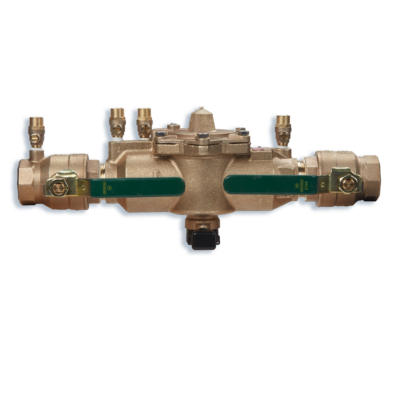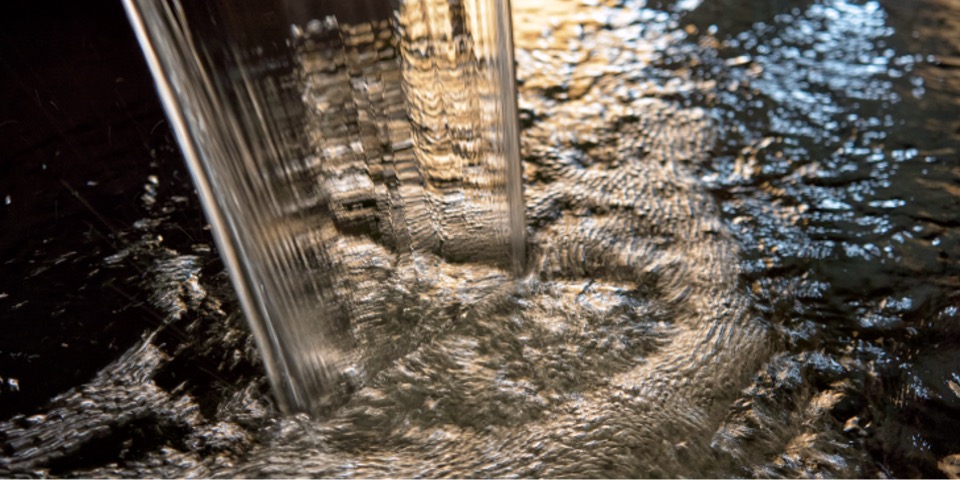Backflow prevention is a critical part of any plumbing system. It ensures that contaminated water from sinks, toilets, and other fixtures doesn’t flow back into the clean water supply. In this post, we will explore the different types of backflow prevention devices, how they work, and which one is right for your property.
What is Backflow?
Backflow occurs when water from a contaminated source flows backward into the clean water supply due to changes in pressure. This can happen when there’s a sudden drop in water pressure, or when there is a cross-connection between the clean and contaminated water supplies. Backflow prevention devices are installed to prevent this from happening and ensure that your water remains safe and clean.
The Main Types of Backflow Prevention Devices
There are several types of backflow prevention devices available, and each are designed for specific needs. Let’s break them down:
1. Air Gap
An air gap is one of the most effective and simplest forms of backflow prevention. It’s where there is an empty space (air gap) between the end of the water supply pipe and the flood level of the fixture, such as a sink or bathtub.
- How it works: An air gap ensures that any contaminated water cannot flow back into the system.
- Best for: Areas where contamination risks are minimal, such as sinks and bathtubs, and where there is enough room to create the gap.
2. Check Valve
A check valve is a mechanical device that allows water to flow in only one direction. It prevents backflow by automatically closing when water starts to reverse direction.
- How it works: The valve uses a spring-loaded mechanism to close whenever backflow is detected. This action prevents water from flowing backward into the system.
- Best for: Smaller systems where backflow risk is low to moderate.
3. Double Check Valve Assembly (DCVA)
A Double Check Valve Assembly (DCVA) is a widely used backflow prevention device that features two check valves in series. It also includes test ports to allow for easy inspection and testing.
- How it works: If the first valve fails, the second valve acts as a backup, ensuring that backflow is prevented.
- Best for: Low to moderate-risk situations, often in residential and commercial properties where contamination could occur due to irrigation systems, washing machines, or other water uses.
4. Reduced Pressure Zone (RPZ) Valve
A Reduced Pressure Zone (RPZ) valve is one of the most advanced types of backflow prevention. It is often used in high-risk areas, such as hospitals or industrial properties, where contamination could pose significant health risks.
- How it works: The RPZ valve consists of two check valves and a pressure-relief valve. If backflow occurs, the relief valve opens to discharge the contaminated water to the outside of the system, preventing any backflow from entering the clean water supply.
- Best for: High-risk applications where contamination from hazardous materials (like chemicals or fertilizers) is a concern.
5. Pressure Vacuum Breaker (PVB)
A Pressure Vacuum Breaker (PVB) is a device designed to protect against backflow caused by siphonage, which happens when a vacuum is created in the water supply line. This is most often used in irrigation systems.
- How it works: The PVB allows air to enter the system when negative pressure is detected, preventing backflow from occurring.
- Best for: Irrigation systems or other outdoor water systems where contamination from chemicals, fertilizers, or pesticides could occur.
Conclusion
Backflow prevention devices are a vital part of any plumbing system, protecting your water supply from contamination. By understanding the different types of devices available and choosing the right one for your property, you can avoid costly damage and health risks caused by backflow. If you’re unsure which device is right for your property or need help with installation, our team of experts can assist you in selecting and installing the best backflow prevention system for your needs. Contact our team today to experience the AQUA advantage.








